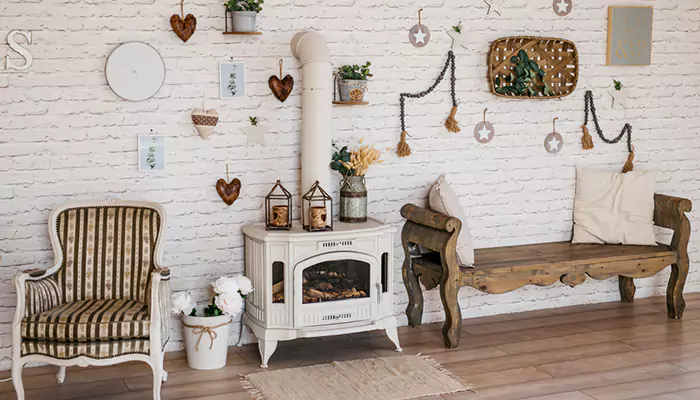Maximalism Vs. Minimalism: Comparing And Contrasting The Two Design Trends When Decorating Your House
Maximalism and minimalism stand at two ends of the design spectrum, offering distinct philosophies, aesthetics, and functional benefits when it comes to decorating your house.
- Ishani Karmakar
- 03 April, 2024
- 2 mins ago

Maximalism Vs. Minimalism: Comparing And Contrasting The Two Design Trends When Decorating Your House
Maximalism and minimalism stand at two ends of the design spectrum, offering distinct philosophies, aesthetics, and functional benefits when it comes to decorating your house.
Both trends have their passionate advocates and critics, reflecting broader lifestyle choices and personal values. Let’s explore the nuances of maximalism versus minimalism, comparing and contrasting these two influential design trends to help you make an informed decision for your home.
Philosophical Foundations
Minimalism is rooted in the "less is more" philosophy, emphasizing simplicity, clarity, and the removal of superfluous elements. It's about creating spaces that reflect tranquility and order, focusing on the essentials to create a serene and uncluttered environment.
Maximalism, on the other hand, celebrates abundance and the "more is more" approach. It's characterized by bold patterns, a variety of textures, and a rich colour palette. Maximalism encourages personal expression and the layering of design elements, creating a vibrant and eclectic space.
Aesthetic Characteristics
Minimalism features clean lines, monochromatic colour schemes, and a focus on functionality and space. Furniture and decor are chosen for their simplicity and utility, with an emphasis on open spaces and natural light.
Maximalism revels in complexity, with an eclectic mix of patterns, colours, and objects. It embraces ornamentation, with a tendency towards vintage or bespoke items that tell a story. Spaces are filled with visual interest and layers, creating a dynamic and engaging environment.
Colour and Pattern
In minimalist design, the colour palette is often subdued, with whites, grays, and other neutral tones dominating. Patterns, if present, are simple and understated, serving to complement the overall sense of calm.
Maximalist design is unafraid of bold and saturated colours, often employing multiple hues in a single space. Patterns are mixed and matched with gusto, including florals, geometrics, and anything in between, adding depth and texture to rooms.
Functionality
Minimalism prioritizes functionality, with every item in a room having a purpose and place. The design encourages decluttering and thoughtful consideration of possessions, potentially leading to a more sustainable lifestyle.
While maximalism also can be functional, it places a greater emphasis on aesthetics and personal expression. Comfort comes from surrounding oneself with beloved items, creating a sense of personal sanctuary filled with memories and meaning.
Psychological Impact

Minimalism can offer a sense of calm and order, potentially reducing stress and anxiety by promoting an uncluttered environment. It's often associated with a Zen-like sense of peace and simplicity.
Maximalism provides joy and stimulation, reflecting the owner's personality and interests. It can create a sense of abundance and warmth, making spaces feel lived-in and welcoming.
Personal Reflection and Expression
Ultimately, minimalism is about refining and defining one’s personal space to reflect a commitment to simplicity, intentionality, and a focus on the truly important aspects of one’s life. It’s a deliberate choice to foster an environment that mirrors personal values of mindfulness and sustainability, encouraging a lifestyle that prioritizes quality over quantity.
Choosing between maximalism and minimalism when decorating your house comes down to personal preference, lifestyle, and what you wish your space to communicate. Minimalism offers a path to declutter not just our physical spaces but also our minds, promoting a sense of peace and clarity. Maximalism, with its bold and expressive approach, provides a canvas for storytelling, personal history, and an exploration of identity through design.
Neither trend is inherently better than the other; both have the potential to create beautiful, functional, and meaningful spaces. The key is understanding what resonates most with you and how you want to feel in your home. Whether you lean towards the serene simplicity of minimalism or the vibrant eclecticism of maximalism, your home should be a reflection of who you are and what you love. Ultimately, the best design trend is the one that makes you feel most at home.










